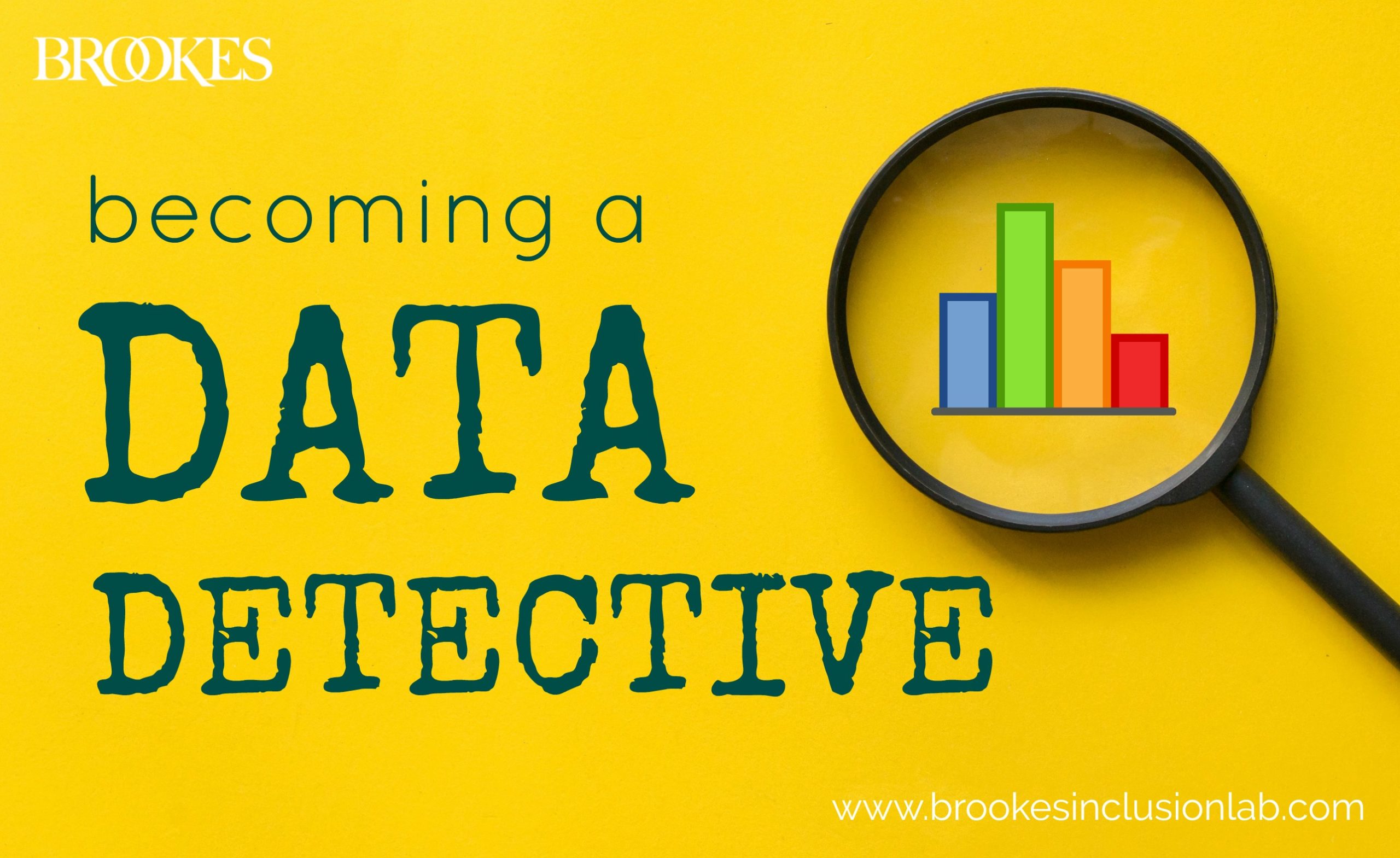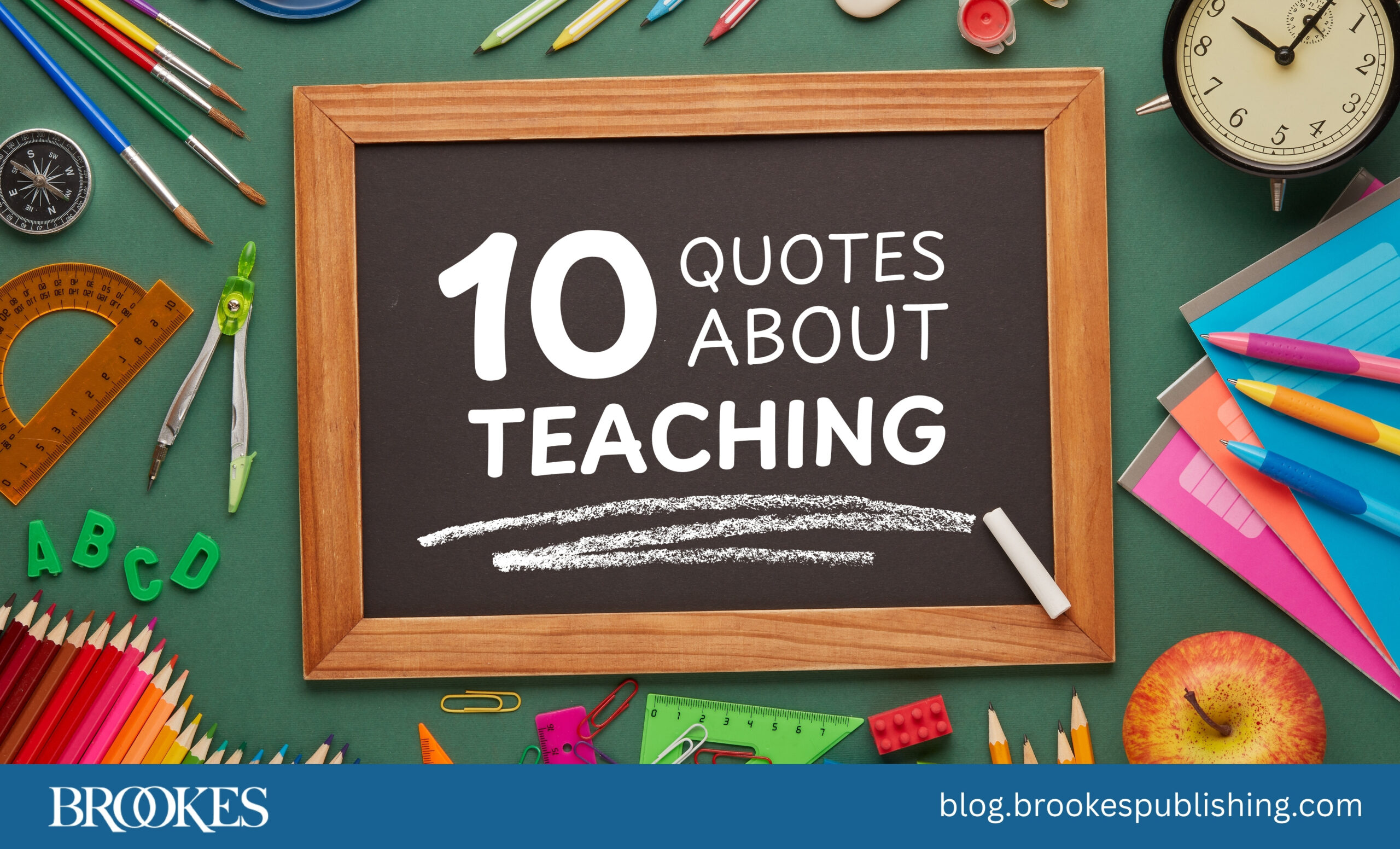10 Things Teachers Need to Do to Become Data Collection Detectives
June 23, 2020
Data collection and analysis is one of your most important roles as a teacher—it can help you solve your most challenging classroom issues and unlock answers to questions about a certain situation or student. But sometimes data collection can seem like an intimidating prospect, especially when you’ve got so much else on your plate. When it comes to collecting and analyzing data effectively, where should you start? What are the critical steps you should follow to ensure success?
 In her popular guidebook The Data Collection Toolkit, Cindy Golden helpfully outlines how to hone your “data collection detective skills.” As she points out in the book, each step that a detective takes to solve a case is also relevant to teachers collecting data to resolve their students’ challenges. Today’s post takes a look at these 10 key steps and how you might apply them to uncover what your students need.
In her popular guidebook The Data Collection Toolkit, Cindy Golden helpfully outlines how to hone your “data collection detective skills.” As she points out in the book, each step that a detective takes to solve a case is also relevant to teachers collecting data to resolve their students’ challenges. Today’s post takes a look at these 10 key steps and how you might apply them to uncover what your students need.
Determine the problem. A good detective will start out by identifying the specific issue or problem to be solved, and the objective, observable details are most relevant to the case.
How this applies to the classroom: Before you can collect your data and decide which interventions to try, you need to determine the challenging behavior or learning issue you want to address. Try to observe this behavior objectively without an emotional reaction so you can define it in neutral terms. Having a good understanding of the problem is the critical first step toward solving it.
Understand the terms. When a detective is investigating a case, they must develop a complete understanding of everything that’s involved in the case and be able to describe precisely what happened in clear terms.
How this applies to the classroom: Be sure you can articulate what the exact issue is and what it looks like in your classroom. As a rule of thumb, two neutral observers working with the student should be able to understand exactly what the issue is and identify the behavior. This will help ensure that the data you collect will be precise and accurate.
Nail down the timeline of events. Detectives get oriented by mapping out a timeline of events, which can often uncover new leads and offer clues that can help solve the case.
How this applies to the classroom: Figure out the timeline if the target behavior by asking key questions. For example: When and where does the behavior happen? Does it occur in only one setting, during one activity, or in interactions with one person? Does it occur during a certain time of day? By investigating the circumstances preceding the behavior, you can often uncover potential issues that are affecting the behavior and look for solutions.
Remain alert to the environment. A detective must take in information gained from all five senses. Evidence may be seen, felt, or heard. Remaining alert ensures that nothing is overlooked while the case is being investigated.
How this applies to the classroom: When doing an observation, be sure to take note of everything. What did you hear, see, and experience in the classroom or learning environment? Did you observe the noise level, the organization of the learning environment, and the tone of verbal communication? What can you learn from forms of nonverbal communication? Were there any smells, bright lights, or distractions that could be causing sensory or visual stimulation issues for students? Be sure to acutely observe what is going on when the problem or issue occurs.
Interview key players and request information. Interviewing those involved in the case and gathering information is a critical step in any investigation. People with firsthand knowledge often provide vital evidence that may lead the detective down the path to solving the case. It’s also important to collect background and historical information and consider those details carefully.
How this applies to the classroom: Review background information on the student, read or reread the IEP and academic records, and set up a conference with the parent, administrators, or other teachers involved with the student. And don’t forget the importance of talking to students themselves! They can be the best source of firsthand information about their perspectives, needs, and experiences in the classroom.
Treat everything as evidence, and follow every lead. Detectives comb through the strangest things looking for clues that will help them solve the case! Anything and everything can be used as evidence until it’s shown to be unimportant.
How this applies to the classroom: Carefully analyze all the information you collect during an observation, through review of background information and records, or during a conference. Consider everything you see or learn in the classroom as potential evidence, and don’t discount what may seem like an insignificant detail.
Document and take note of the facts. Detectives deal in carefully collected facts—not opinions. When you visualize what a detective looks like, you probably envision a pen and a pad of paper close at hand to document everything they learn.
How this applies to the classroom: Be sure to collect permanent products from the student, such as work samples and other items. Document all of your interviews and observations right away using your favorite transcription method, since you’re only human and may not remember all the details later.
Formulate and test a hypothesis. Detectives always formulate a hypothesis, or an educated guess about the relationship between two variables. Investigating is a fluid process, so this hypothesis may change as the evidence points in different directions.
How this applies to the classroom: Have you used the process of data analysis to get an idea of what is affecting the behavior or issue? Have you brainstormed a possible solution or at least some ideas of how to begin solving the issue? Have you tested approaches that didn’t work? If so, have you followed up with a new approach?
Search the scene thoroughly and revisit the scene. Detectives often must go back to the investigation sites more than once, each time with fresh eyes and a new perspective, to ensure that no evidence was missed.
How this applies to the classroom: Revisit your “evidence” and call in another opinion if you need to. Ask yourself: Have I collected enough data in the learning environment? Is it the right kind of data? Consider having a second or third set of eyes review the same behavior to get a different perspective or to make sure your data is accurate, valid, and reliable.
Persevere, and don’t give up too soon. Some “cold cases” were solved years after the fact—all because someone didn’t give up and continued to investigate.
How this applies to the classroom: Are there learning or behavioral issues that you have just accepted as “the way it is” because nothing has worked before? Have you given up too soon and just decided to manage or contain the behavior? Bringing about a shift in behavior takes patience and perseverance, so don’t give up before your big breakthrough.
Becoming a data detective is well worth the time investment—follow these guidelines, and you’ll find it easier to resolve classroom challenges and dismantle obstacles to learning. And because data collection and analysis is about much more than the general steps outlined in today’s post, you might want to check out The Data Collection Toolkit. Cindy Golden’s highly readable guidebook takes an in-depth look at everything a teacher needs to know about data, from recording and graphing information to analyzing data for trends and patterns. It’s definitely something every teacher should have on their bookshelf to refer to again and again!
GET THE BOOK
The Data Collection Toolkit
Everything You Need to Organize, Manage, and Monitor Classroom Data
By Cindy Golden, Ed.D.
 “Teachers every day are expected to collect data and analyze it but don’t have the tools to do it. Here are the tools in one place.”—Beverley Johns, Professional Fellow at MacMurray College
“Teachers every day are expected to collect data and analyze it but don’t have the tools to do it. Here are the tools in one place.”—Beverley Johns, Professional Fellow at MacMurray College
Take the worry and stress out of data collection with this ultra-practical resource. You’ll discover proven, stress-free data collection techniques used by real teachers, with strategies and shortcuts developed through the author’s extensive teaching and consulting work. You’ll also get first-person classroom examples, quizzes, definitions of key terms, and a complete package of reproducible forms and tools.
LEARN MORE




Write a Comment
Your email address will not be published. Required fields are marked *
Post a Comment